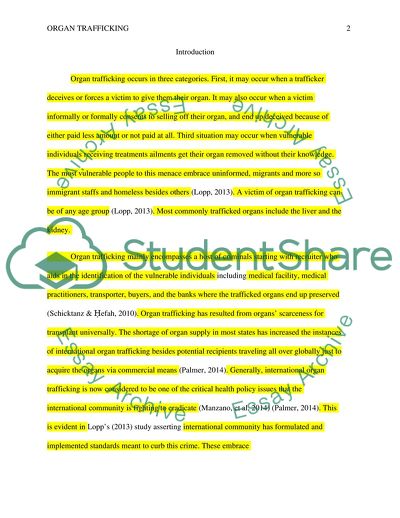Cite this document
(Organ Trafficking Literature review Example | Topics and Well Written Essays - 1500 words, n.d.)
Organ Trafficking Literature review Example | Topics and Well Written Essays - 1500 words. https://studentshare.org/health-sciences-medicine/1860485-organ-trafficking-international-nursing
Organ Trafficking Literature review Example | Topics and Well Written Essays - 1500 words. https://studentshare.org/health-sciences-medicine/1860485-organ-trafficking-international-nursing
(Organ Trafficking Literature Review Example | Topics and Well Written Essays - 1500 Words)
Organ Trafficking Literature Review Example | Topics and Well Written Essays - 1500 Words. https://studentshare.org/health-sciences-medicine/1860485-organ-trafficking-international-nursing.
Organ Trafficking Literature Review Example | Topics and Well Written Essays - 1500 Words. https://studentshare.org/health-sciences-medicine/1860485-organ-trafficking-international-nursing.
“Organ Trafficking Literature Review Example | Topics and Well Written Essays - 1500 Words”. https://studentshare.org/health-sciences-medicine/1860485-organ-trafficking-international-nursing.


